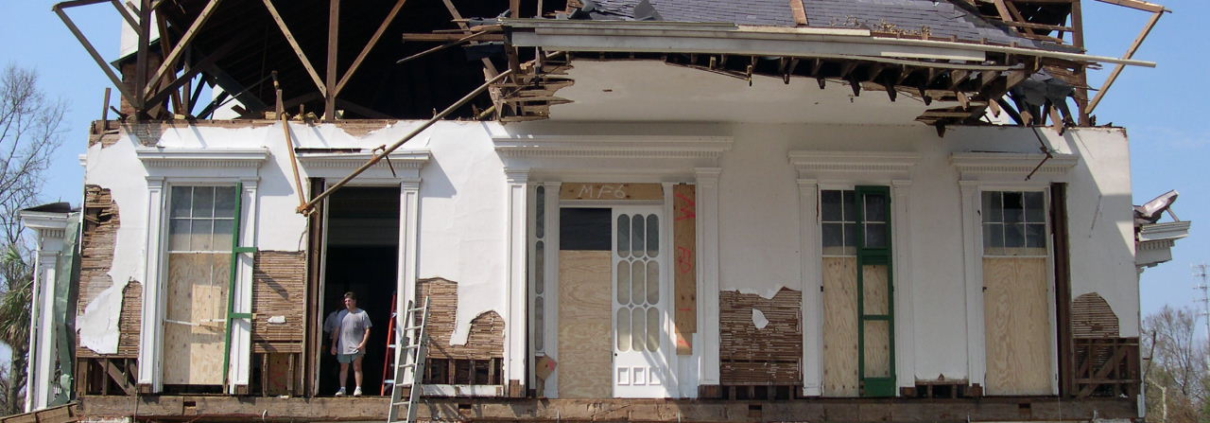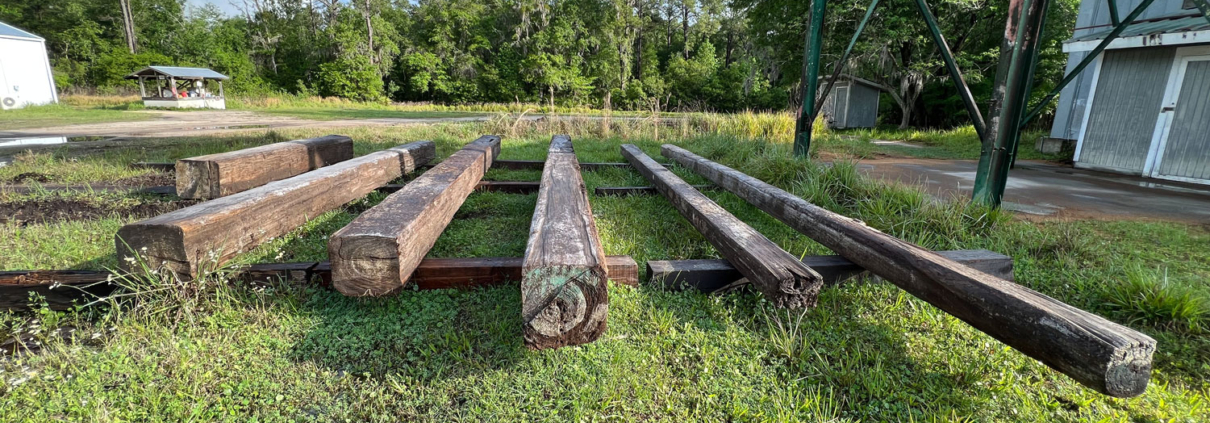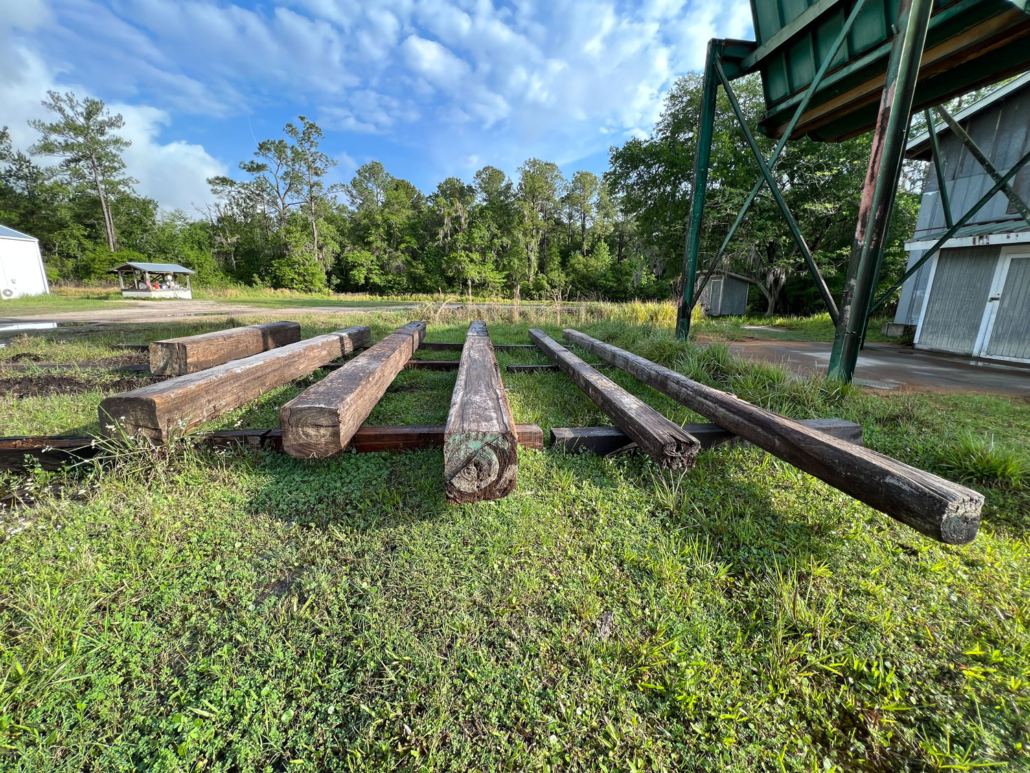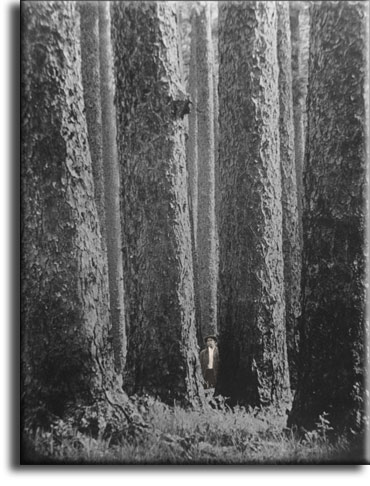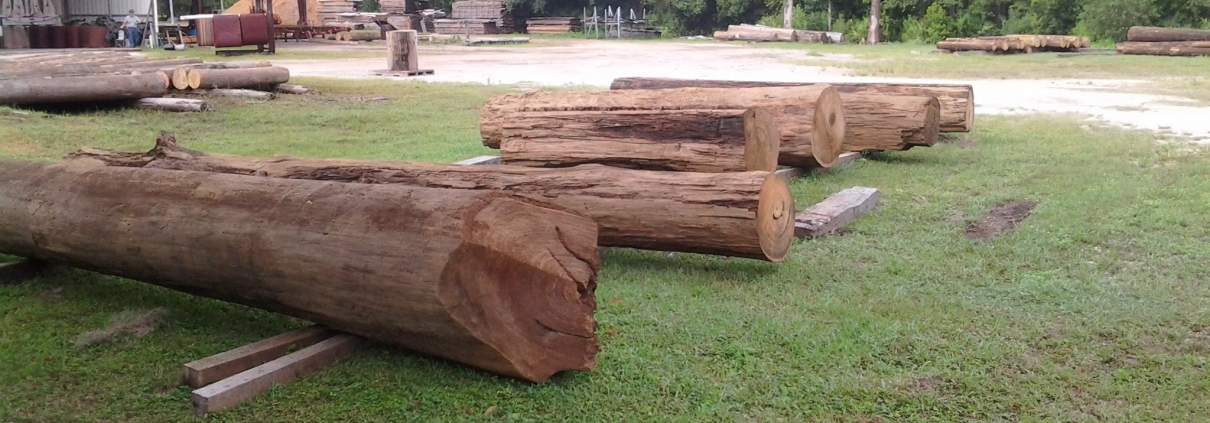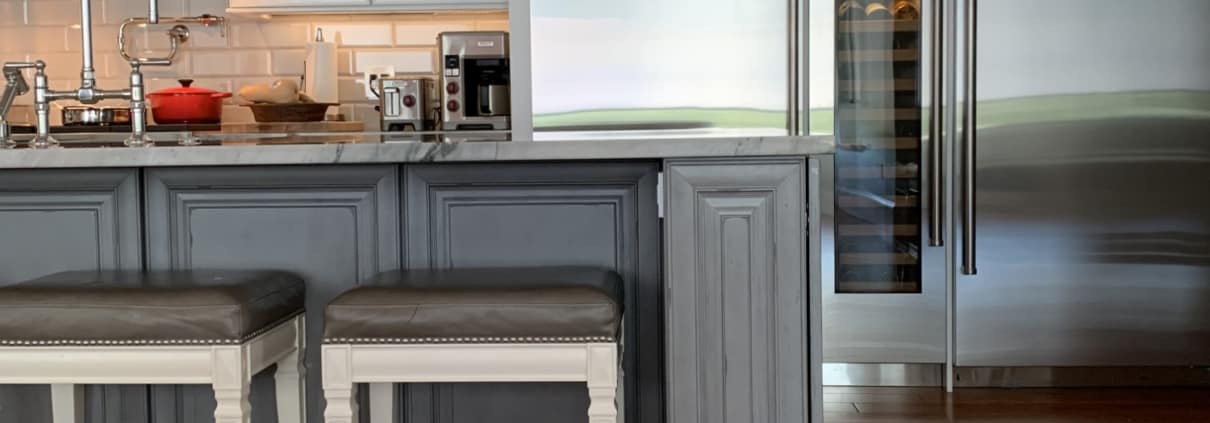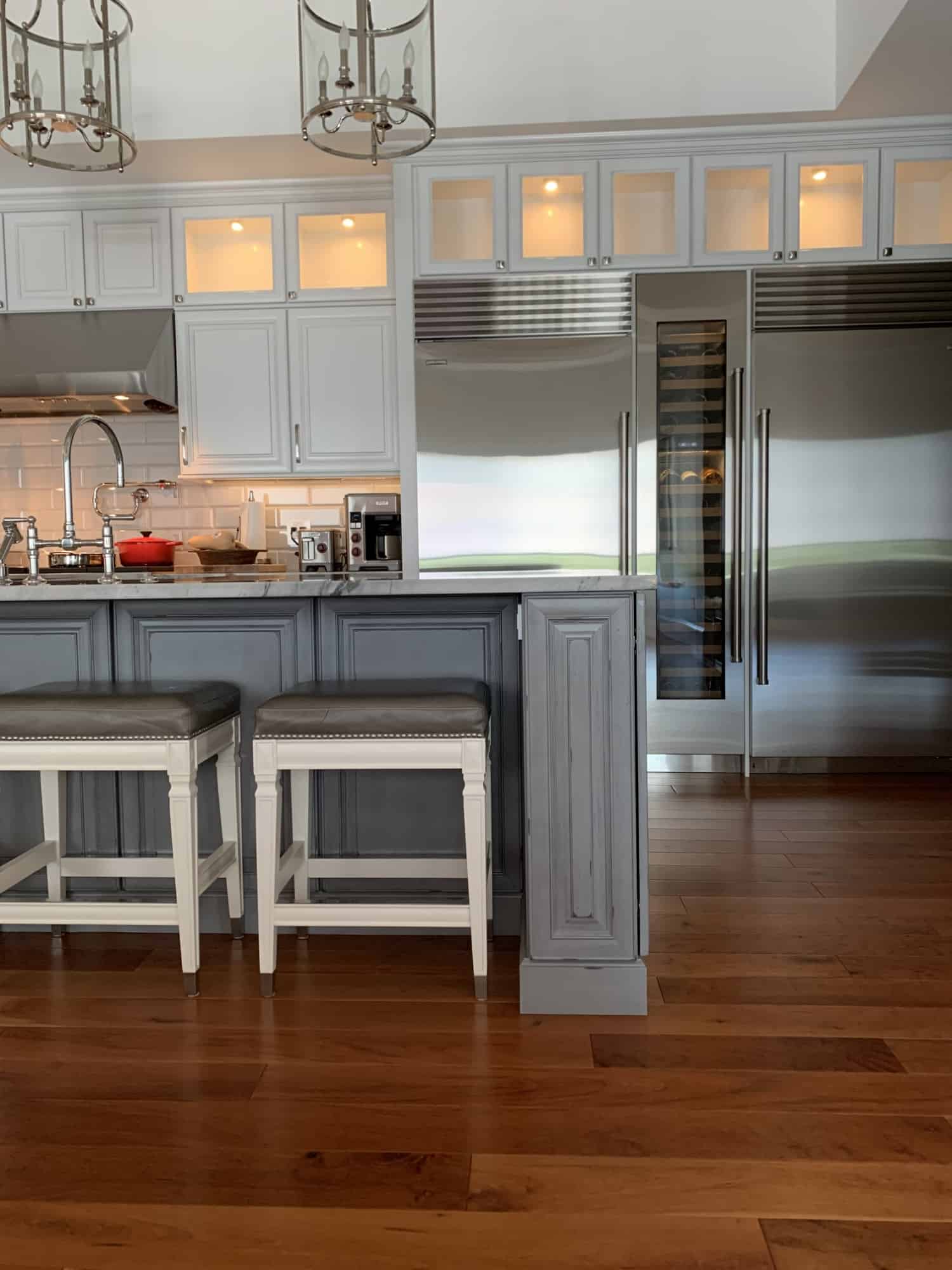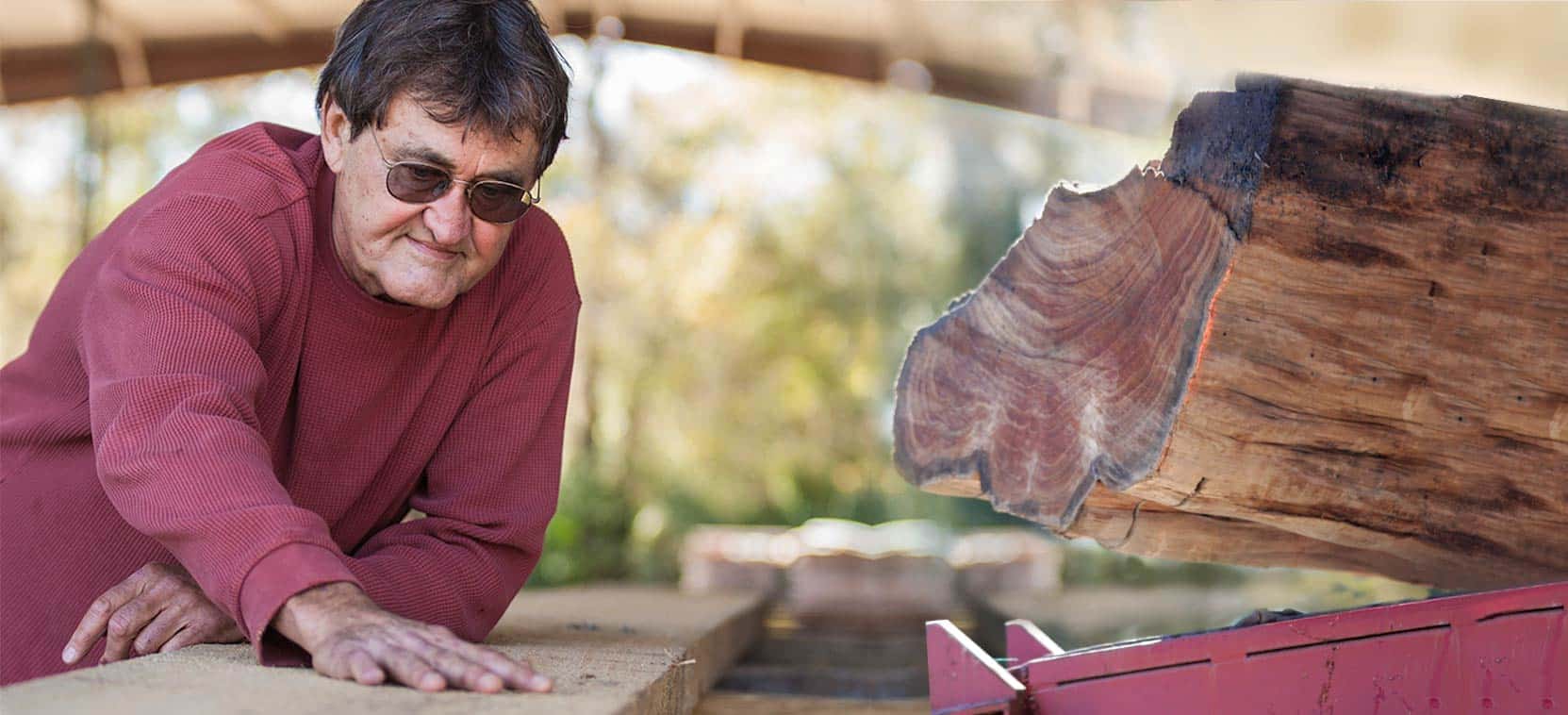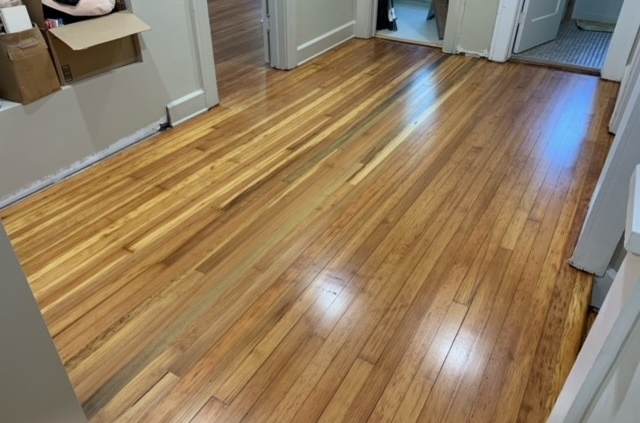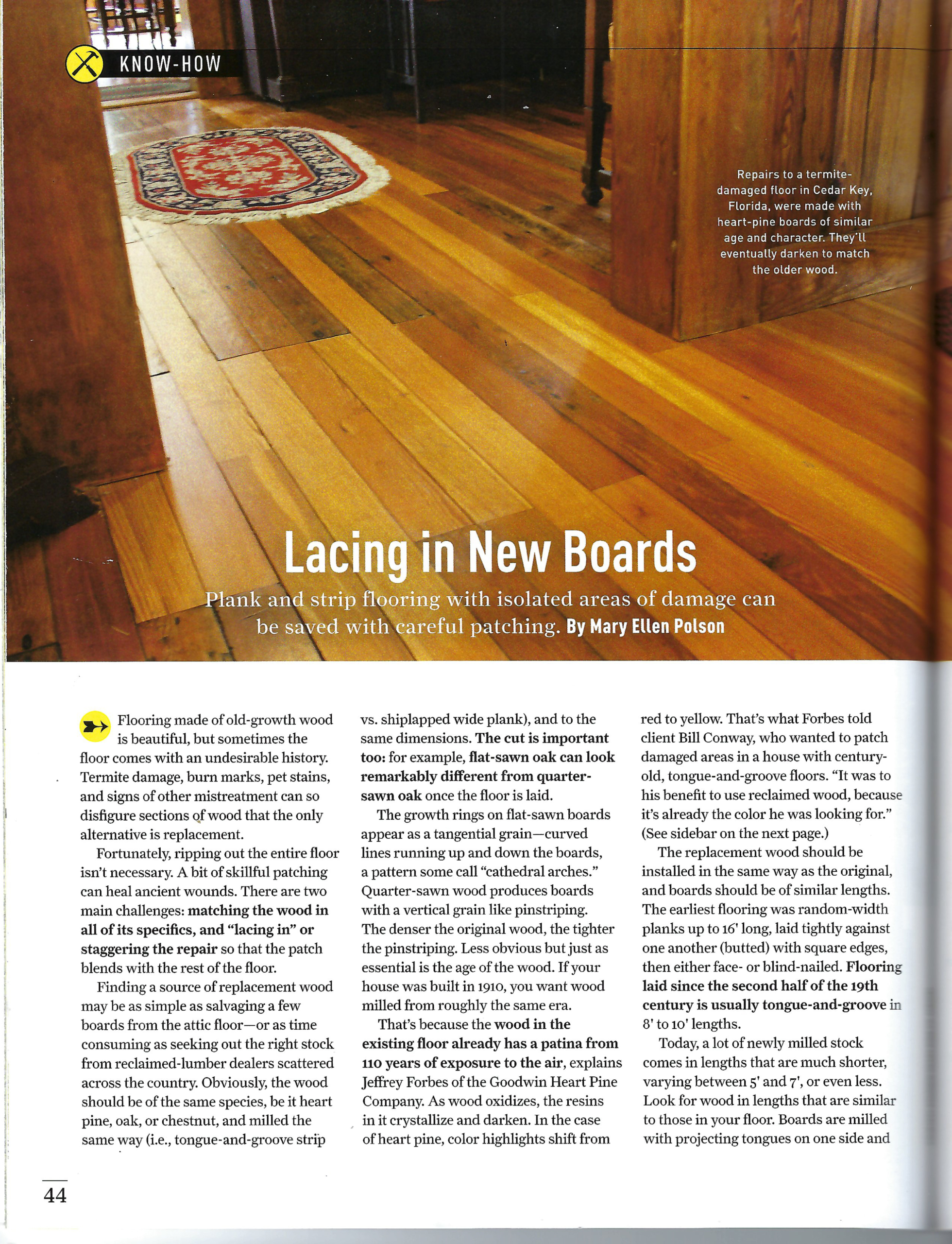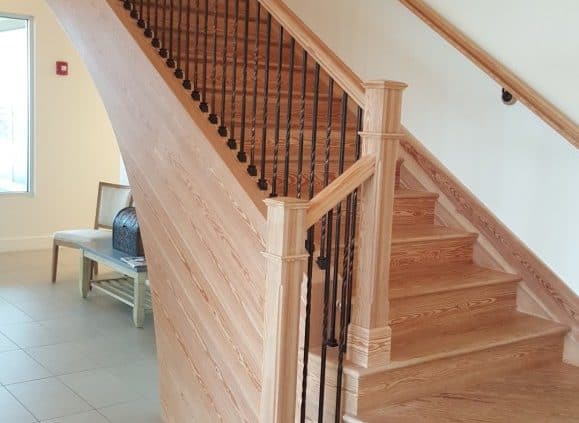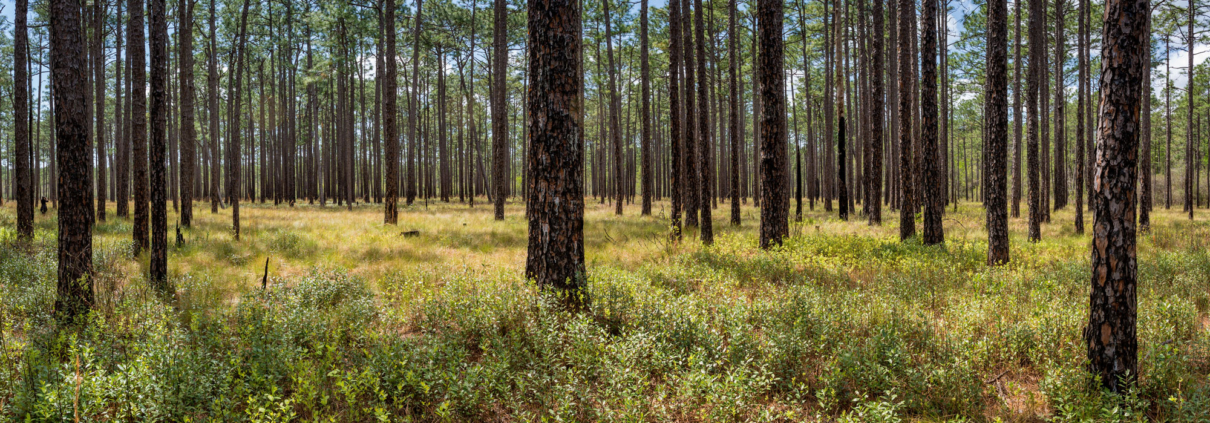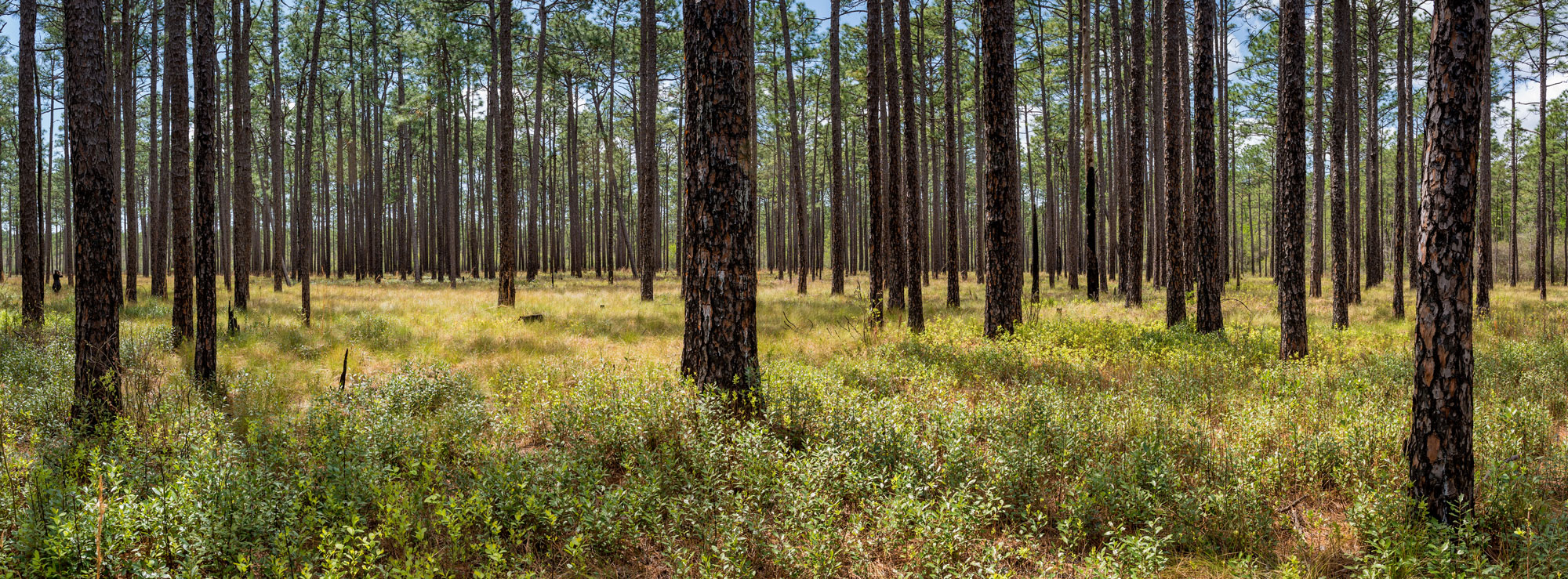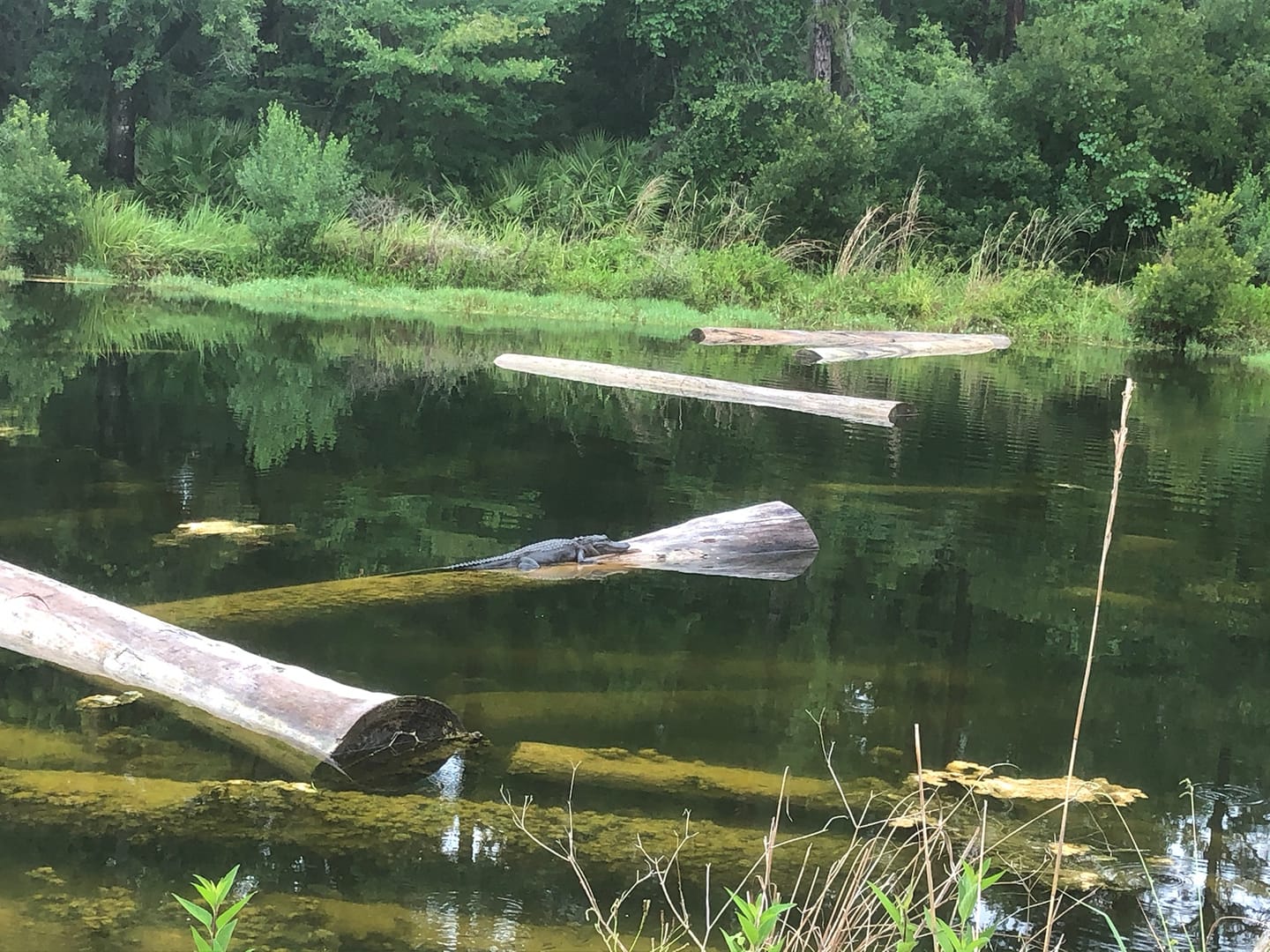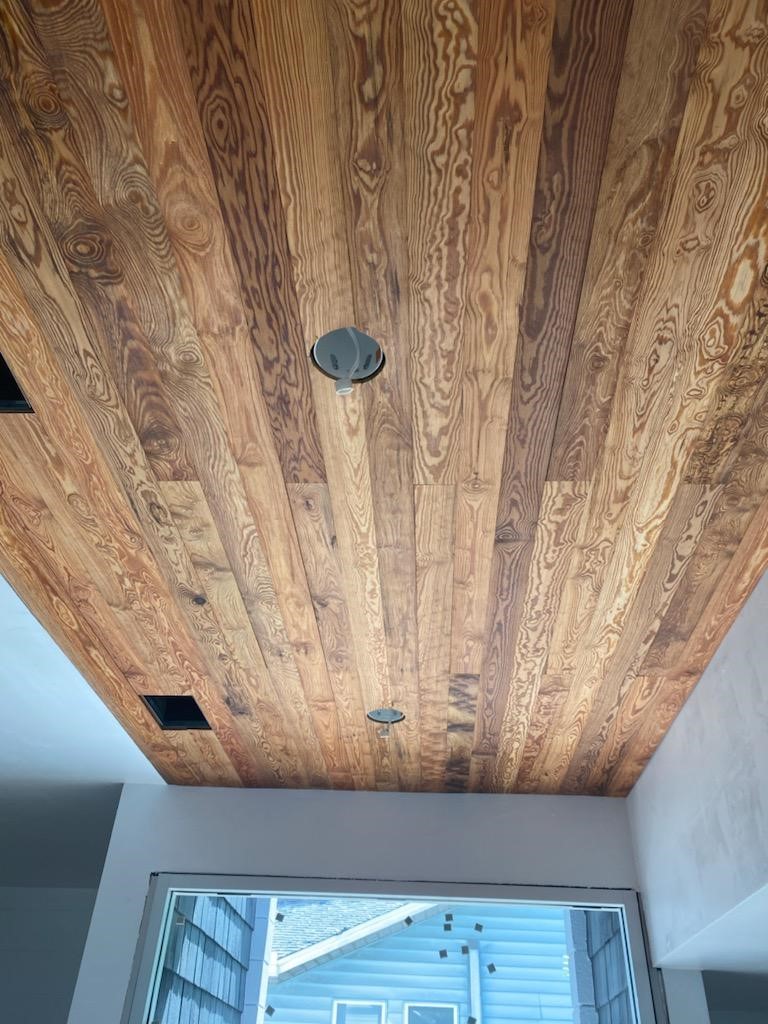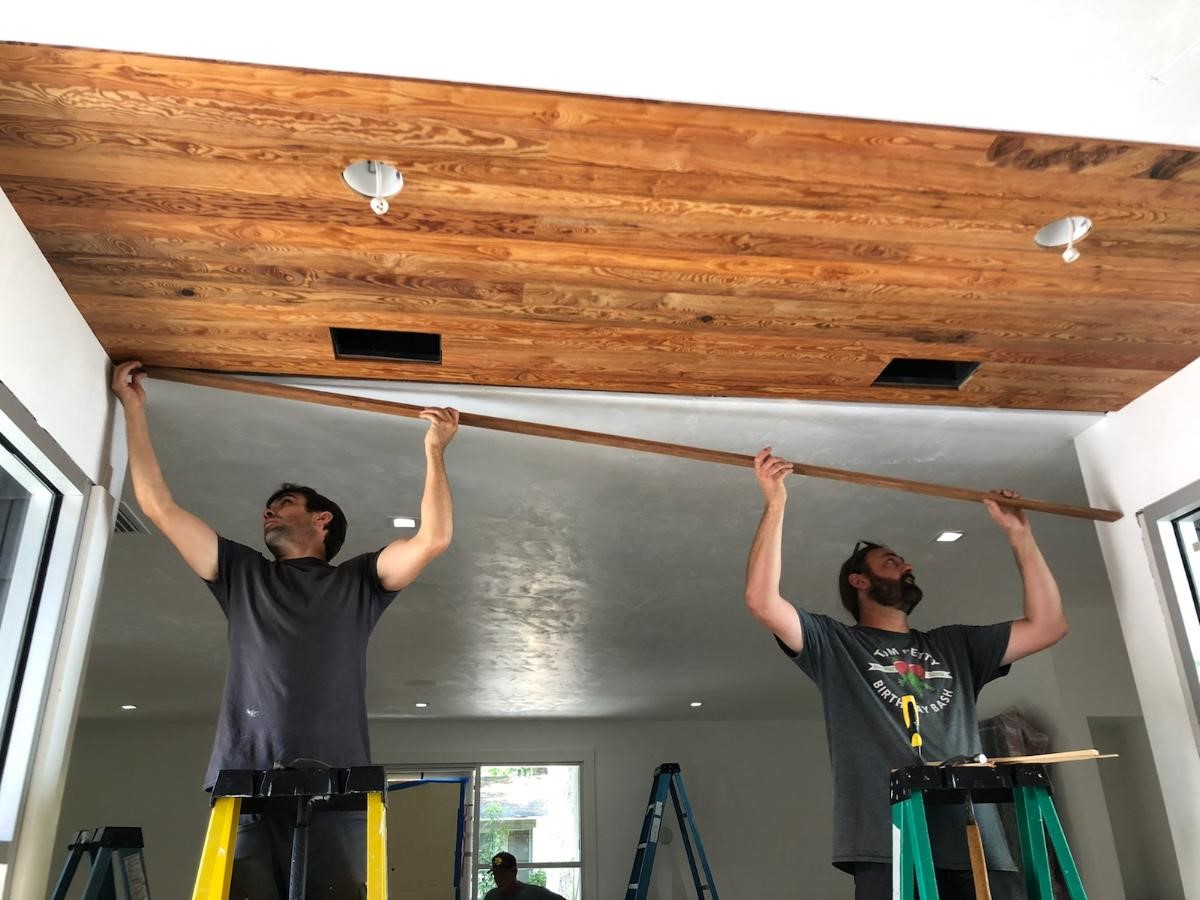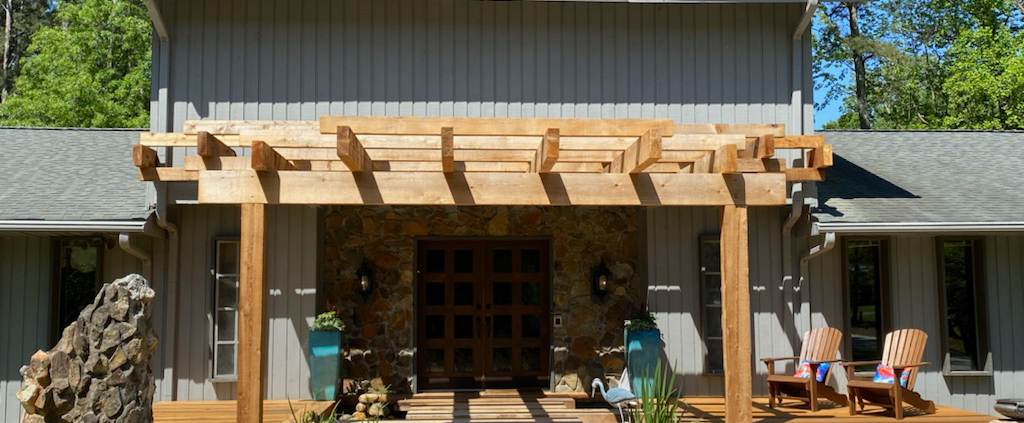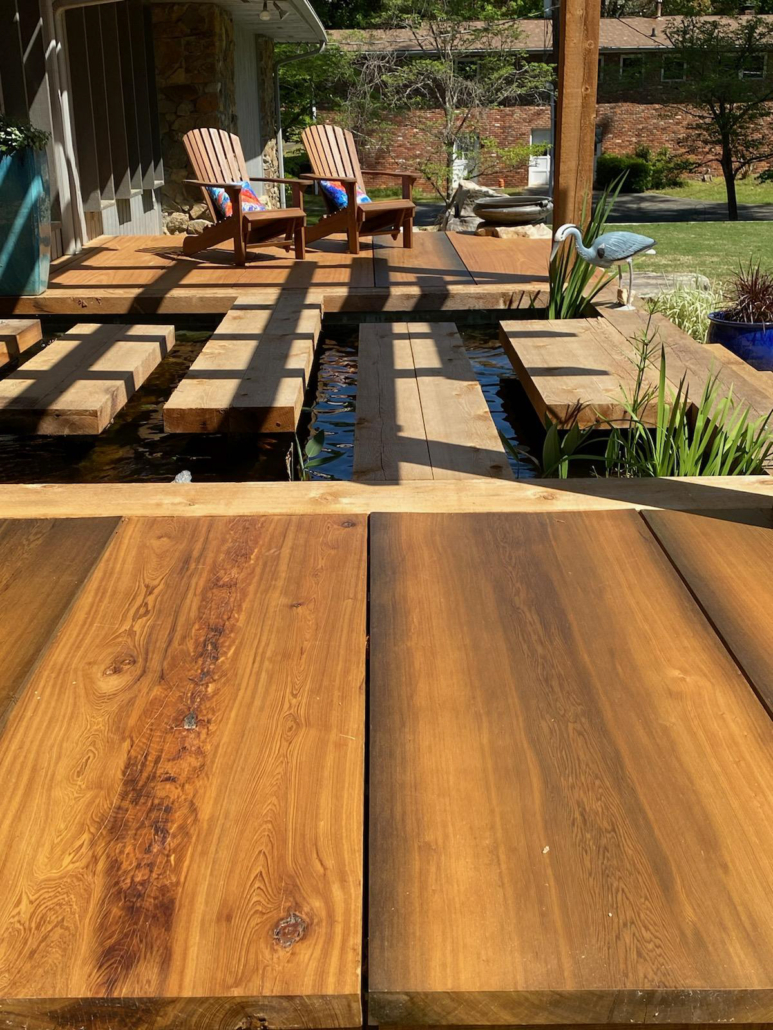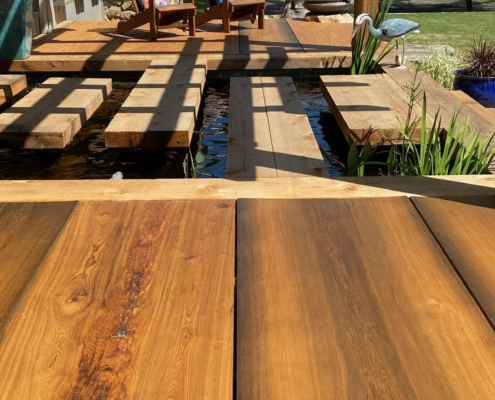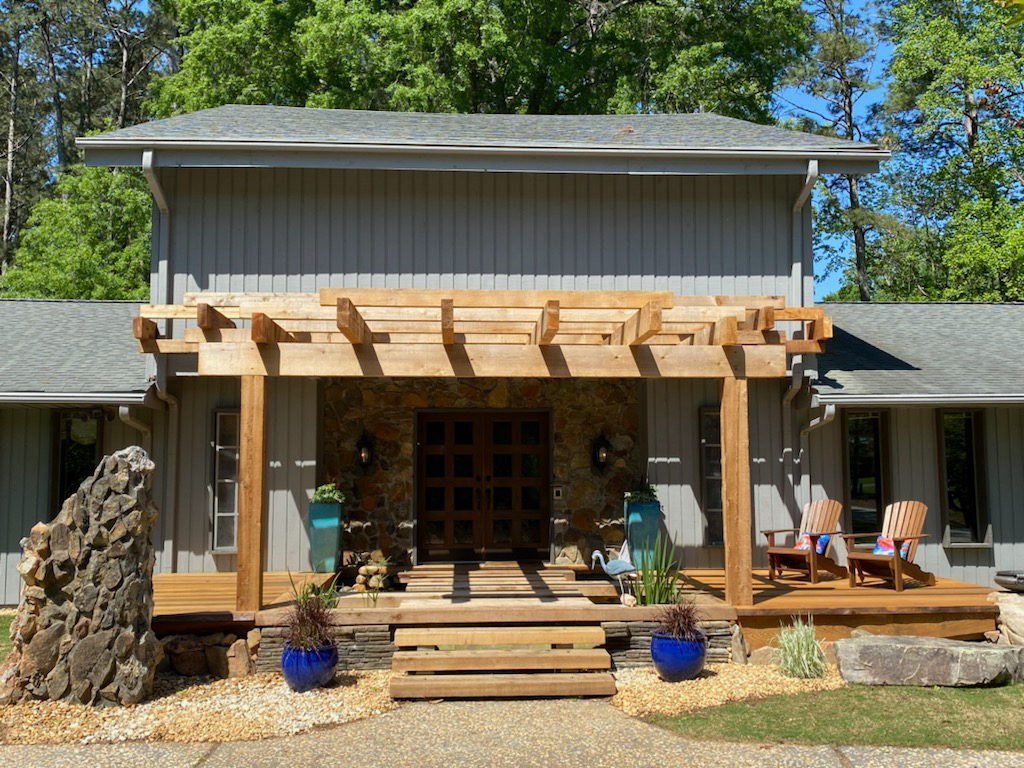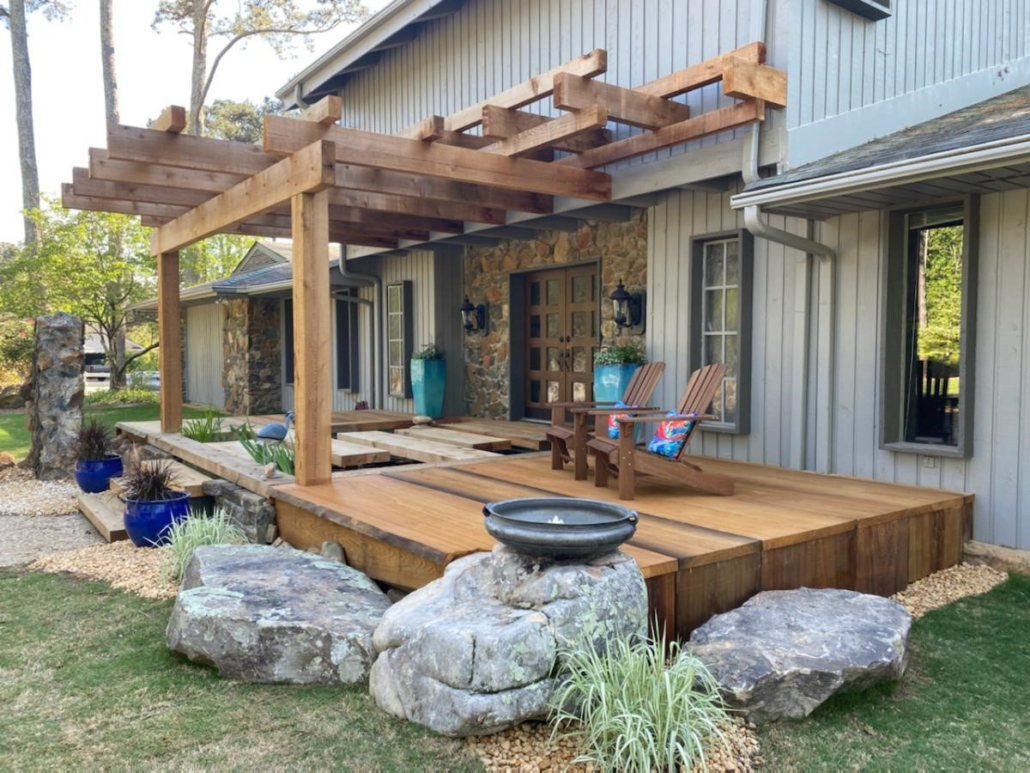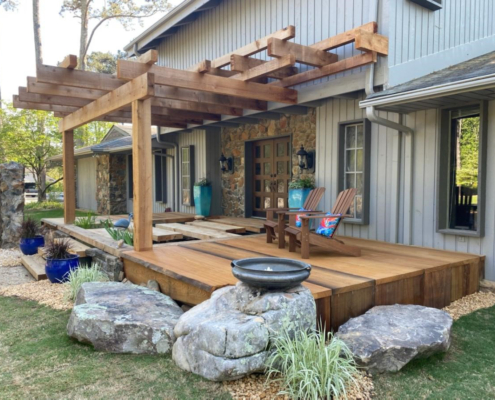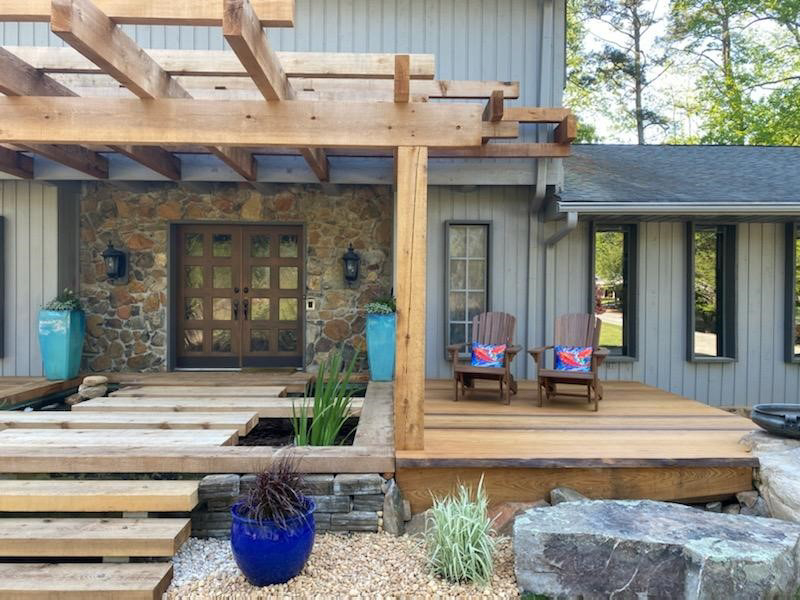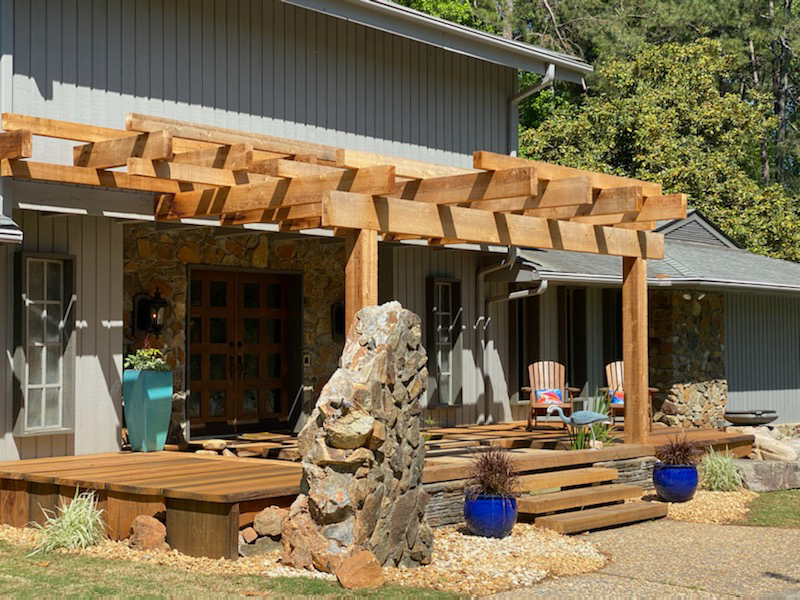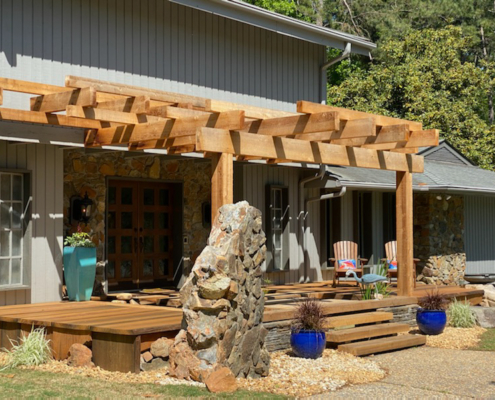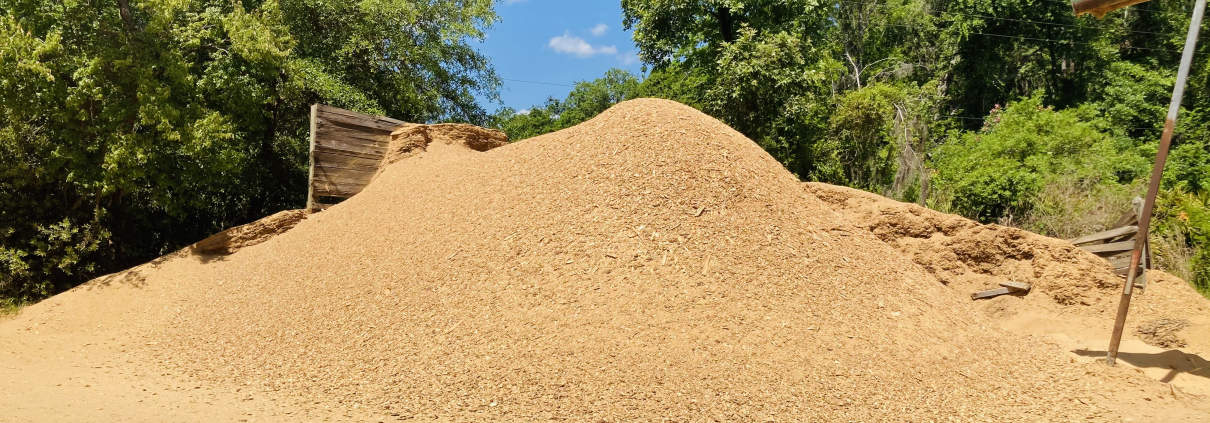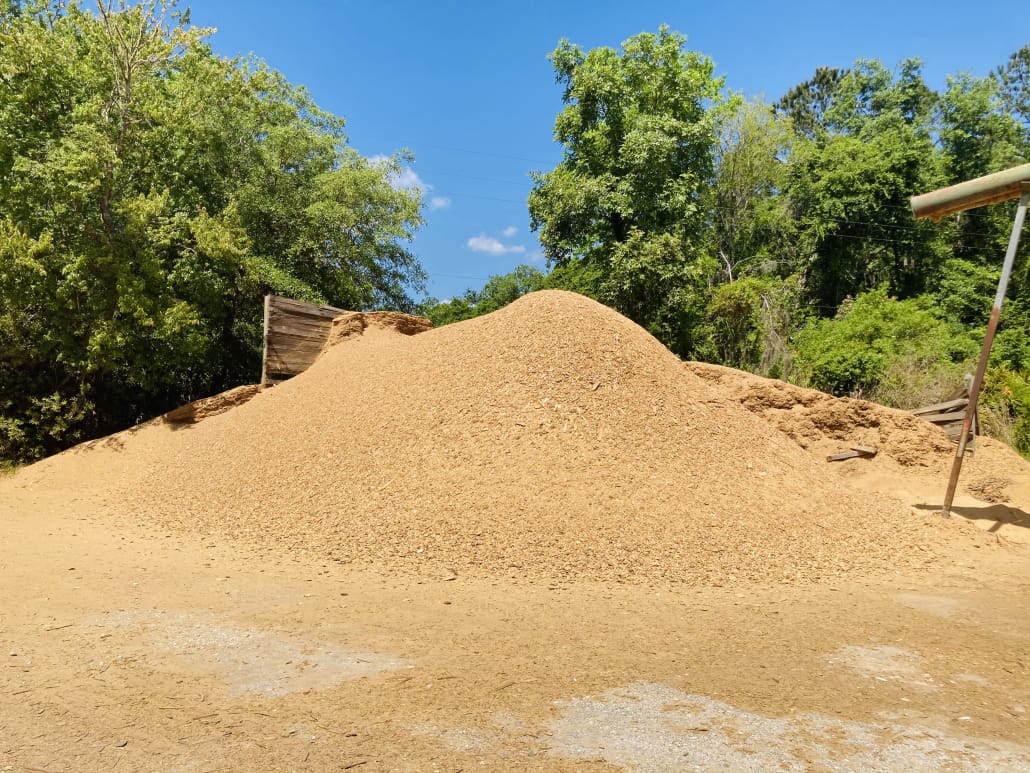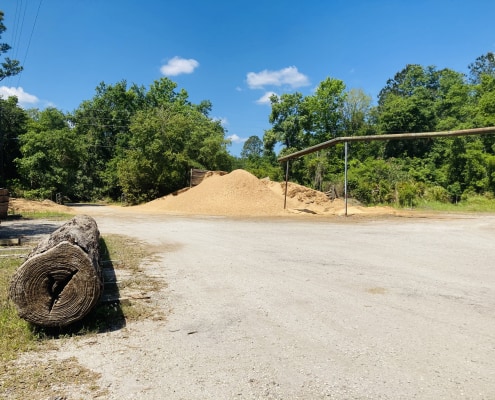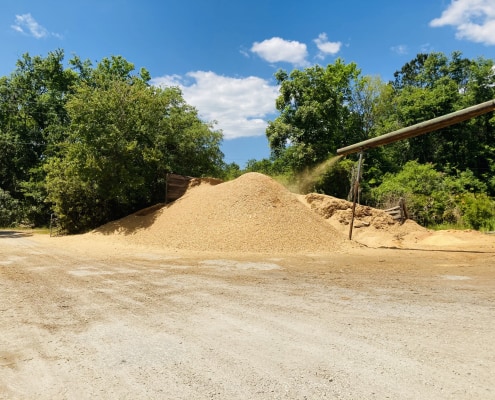Listed on the National Register of Historic places, and designated both a National and Mississippi Landmark, Beauvoir has a storied history. The home was built by Mississippi planter, James Brown, in 1848 and completed in 1852. She sits immediately on the Gulf of Mexico in Biloxi, a forever dynamic and saline environment.
The estate was purchased from Brown by Samuel and Sarah Dorsey in 1873. Samuel died a few short years later. His widow Sarah, a novelist and biographer, learned of the financial woes that had befallen former Confederate States President, Jefferson Davis. Dorsey reached out to Davis and invited him and wife Varina Davis to join her at Beauvoir. They accepted.
Later, as Dorsey discovered she was dying of cancer, the author bequeathed the estate to the Davises. Jefferson and Varina moved into the home. Davis died in 1889. In 1902 Varina sold the property to the Sons of Confederate Veterans to be used as a veteran’s home and later a memorial to her husband.
The grand home has witnessed many storms over its nearly 175-year existence. In 1969 it survived a battering by powerful hurricane Camille. But in 2005 Beauvoir’s lucky streak ran out. On August 29th hurricane Katrina, one of the strongest storms ever to hit the Gulf Coast pummeled the old house with a 20 foot plus storm surge and punishing waves. Several structures on the campus were completely destroyed. The storm devastated the home opening its face to the gulf waters and ripping the old growth heart cypress exterior galleries off of the wood frame structure. That home survived, beaten, but standing.
In time, efforts came together to restore the historic home. Structural and interior restoration took place first. Later the broad gallery was replaced, but this time with modern, pressure treated lumber. Fast forward nine years and in that very saline environment, the pressure treated galleries began to twist and pull up to the point of becoming a safety hazard to visitors.
The Goodwin Company was called on by General Contractor JO Collins to mill 3,112sf of 1×6 River-Recovered ® Antique Heart Cypress to restore the Beauvoir galleries and the grand front staircase. Afterall, virgin, old growth bald cypress is what the hoes stairs and galleries were milled from originally. The tight growth rings and heavy concentration of naturally occurring, wood preserving cypresene oil in the River-Recovered ® material made it the perfect, stable choice for the restoration.
Any well-done restoration is historically accurate. And while the beauty of River-Recovered ® Heart Cypress is one of its significant charms, this project was all about stability and so the galleries and stairs were painted with porch paint as they had been originally.
Recently, we pulled River Recovered® longleaf pine logs out of our millpond to mill for several upcoming large projects. Among the material pulled were these six hand-hewn beams. Very rarely do our river logging partners come across beams like these on their dive excursions. Some are milled pieces. Others are obviously hand-hewn beams. So, what gives? How do squared timbers end up underwater? The answer is rather simple.
More longleaf southern yellow pine lumber was processed and exported out of Pensacola Bay, Florida than any other port in the country. It’s a good place to look for some historical context. Indeed, in the year 1900, Florida’s single largest economic revenue producer statewide was the mill in Bagdad, Florida on the western panhandle.
As mills like this one and others processed harvested longleaf, they barged it out to ships waiting in the deeper waters of the bay or simply floated it to the ship in rafts. The squared and hewn beams were easier to load into the ship than logs.
Accidents happen. From time to time, those barges overturned and sank or flotillas simply broke apart and the densest members sank to rest for a century or more on the bay bottom.
Heart pine beams like these may have been destined for industrial warehouse construction in the Northeast, for the construction of grand hotels across Europe, or even supportive ribbing in the diamond mines of South Africa.
These beams have a story to tell and each is a unique antique, a true part of American History. They were cut into squares and hewn 200 or more years ago and are among the oldest antique heart pine beams available.
Before the Europeans arrived in the New World, longleaf pine was the principal tree species found in extensive pure stands over at least 70 million acres and another 10 million acres in stands mixed with other pines and hardwoods. The reason longleaf dominated is that it, more than any other southern tree, has learned to live with fire. The original longleaf forest not only was able to survive the frequent fires started by lightning, it depended upon fire. It may actually have helped propel and sustain the fires that regularly burned it.
The longleaf has evolved marvelous physical adaptations to tolerate fire when young. Instead of growing upward right away as most saplings do, longleaf seedlings “sit” flat on the ground in what is termed the grass stage for periods of three to fifteen years. During this time the young tree grows a long, heavy taproot that helps it reach far down into the sandy soil toward moisture. When the young plant finally starts to grow tall, the stored food in the taproot helps it shoot rapidly upward. At the same time that it is racing skyward, the tree delays putting out branches, giving young saplings a distinctive bottlebrush appearance. The tree’s “jumping upward” is a strategy for surviving in an area of frequent fires. By growing rapidly upward in a single spurt, the young tree minimizes the amount of time its growing tip is vulnerable to destruction by fires. Otherwise, a young tree growing steadily year by year and putting out multiple branches would be vulnerable to ground fires for a far greater period.
This variety of adaptations that help longleaf pines resist death by fire, is eclipsed only by a fantastic secondary function of the needles. This supremely fire-resistant tree produces needles that have more volatile resins and oils than any other southern pine, rendering the dry needles extremely flammable.
Learn more about the history of Longleaf Pine
Milling Antique River-Recovered® Heart Pine at The Goodwin Company
Yes, you can have wood floors in your beach house. You see, once the wood is properly installed and finished it takes on and gives off moisture slowly over time. It becomes a seasonal event. So it’s fine to open the doors at night and shut them and turn on the AC during the day.
The style, width, and expectations of your floor all affect your grade, installation, and finish choice. Do keep the beach sand off the floor with mats and rugs at the doors and a good dust mop as needed. Choose your floor finish with the maintenance you want to do, or not, in mind. Email or call the Goodwin Company for help on selecting the right finish for your floors.
A couple of the most important points for any wood floor installation are to:
- Have the site at the proper moisture content and acclimate the wood to the same average moisture content as you expect on average year-round
- Use enough fasteners for a nail-down application (it’s often more than you think; e.g., nail every 4” for a 7” wide floor) or use the quality elastomeric wood floor glue for a glue-down application. Of course, you’ll want to use proper wood floor vapor retarders for any installation method.
There is so much more to know including site-specific concerns. Two more problem prevention tips that we often find useful include:
- Start the installation in the middle and nail toward one wall when installing wide wood. Glue a piece of spline in the groove of the board in the middle, then nail toward the other wall. Because each board is held down mostly on the tongue side with the nails, or flooring cleats, this technique cuts your shrink/swell in half.
- If you have moisture intrusion concerns, or perhaps build-up of moisture in the building if it won’t be occupied part of the year, consider back sealing each board with inexpensive polyurethane. This seals both sides of the boards and balances their ability to take on and give off moisture reducing the potential for cupping.
Refer to Goodwin Company’s Manufacturer’s Guidelines, the National Wood Flooring Association specifications, and your flooring professional can guide you. Choose a professional with a good history who understands the local conditions. See our earlier blogs on how to choose a flooring professional.
Call if Goodwin Company can assist you in achieving a beautiful wood floor that lasts for the long-term for your beach home or office.
Beach houses with Goodwin Company wood floors:
I was fishing the Suwannee River a lot in the Summer of 1976 and kept seeing deadhead logs. The term came about because the small end of the log floats like a head bobbing in the water. My antique business was in Micanopy and a friend (Jerry Moore) helping me source the antiques told me he could bring up some of the logs if I wanted him to.
We took the logs to an old sawmill nearby and from the moment I first saw the life and light in the ancient wood I knew people would want to have some of it. So, instead of fishing we spent our spare time pulling logs and having the wood sawn into beautiful, durable, and historic lumber. Then came the sawmill to saw it ourselves.
About the only time you cannot dive to find the old logs is when the rivers are in flood stage. The water is a little warmer in the Summer, so every July Jerry and I made a pilgrimage to a different river area that we thought likely to have the ancient sunken logs.
The local libraries and archives are a good way to research old sawmill locations. Logs were often stored in the water next to the sawmill and the densest and best often sank. Or, we might find a bend in the river where an entire raft had sunk. The rafts were generally 15 or so logs across and a couple of logs for cross members. There might be 20 or so such raft sections connected with chains or ropes.
We learned the best ways to search the river bottom with a grid. And we inevitably would find a lot of ‘second growth’ logs that were downed from storms or floods. Second growth aren’t worth pulling up as the wood is neither dense nor durable. Plus, it is commercially available, whereas the ancient logs are rare and valuable.
We searched river beds in NC, SC, GA and AL. I had a hand drawn map from 1881 of Florida’s forests, so of course we traveled all around Northern Central Florida and the Florida Panhandle. What we ultimately learned after years of this research is that the spring fed Florida rivers held the most and the best ancient logs. The best heart cypress comes from the Panhandle and the best heart pine from the Suwannee, Withlacoochee, and St John’s rivers. The St. John’s also has a lot of heart cypress waiting to be discovered.
– George Goodwin
When finding replacement boards for your old wood floors a great place to start is the Goodwin Company. Many of the phone calls we receive start with, “I have this old house…”. The Goodwin Company works with customers all the time helping them match our wood to their existing floors. We offer a wide range of grades in both reclaimed and River-Recovered®. Our Corporate Communications Manager, Jeffrey Forbes was recently featured in an Old House Journal article on this matter.
You can read more about a antique flooring repair in Maryland that the Goodwin Company helped with previously.
Almost every wood floor will change color throughout time due to exposure to direct or indirect sunlight. But what are the changes you should expect from your wood floors when they see the light of day? Our River-Recovered® Heart Pine wood will turn darker! Beautiful, intense deep tones start developing as wood floors age. Changes in the color of the floor occur more rapidly during the first weeks after installation. Floors will continue to change colors at a slower pace for several months to follow. Depending on how much sunlight the floors are exposed to will also depend on how much the colors will alter.

Legacy Heart Pine
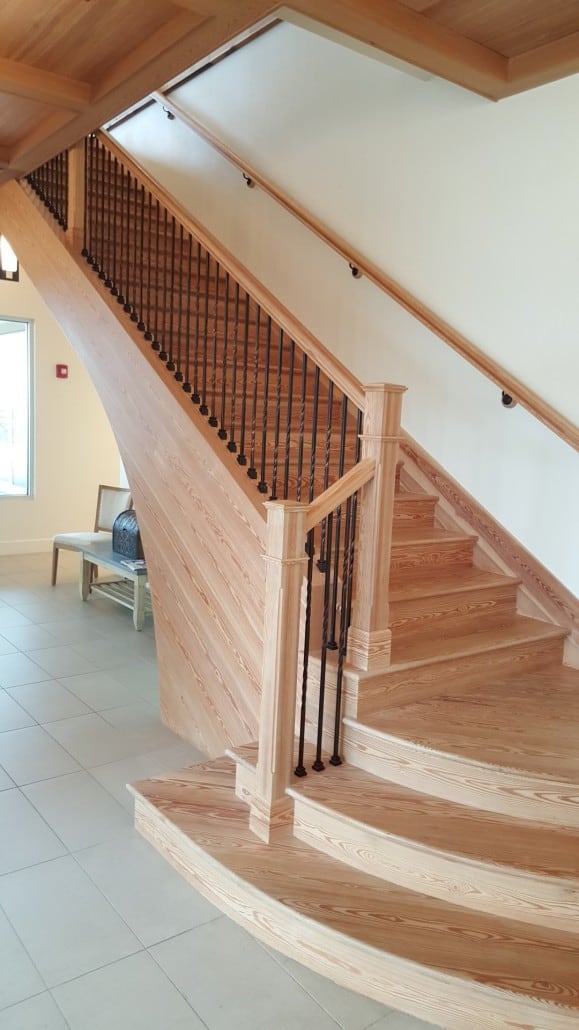
River-Recovered® Heart Pine
But not all wood will have as drastic color changes after installation. Depending on what type of wood is selected also depends on the appearance over time. For example, our River-Recovered® Heart Pine, rest in rivers for over a century. Since this wood has not yet seen the light of day, the color starts out much lighter and starts to develop after being freshly sawn. Light yellows transition to deep-orange/brown tones, especially with pine that is highly resinous. On the other hand, our Legacy collection of Heart Pine wood is reclaimed and has been utilized before. More times than not, this wood already shows noticeable color changes on many board faces, due to the exposure of sunlight previously endured. However, the color deepens to the same range in wood from reclaimed and virgin wood.
Furniture and rugs on freshly installed wood floors are naturally shielded from sun exposure. Ultimately, those areas will have a different intensity in color than the rest of the floor. If you decide to spruce up your area after time and change the layout of the room, it is essential to understand that the areas previously shielded from the sun will most likely be different tones than the areas exposed to sunlight.
Modern finishes can provide protection that allows your floor to maintain excellent condition for many years. Additionally, certain finishes are meant to block the effects of sunlight, slowing down the rate of color change. The type of finish ultimately chosen should be considered in the decision-making process to determine the final color of the floor. Our finishes we offer come in many colors, sheens, and tones, so you can achieve any look you desire with your wood floors. It is important to follow the finish manufacturer’s guidelines for use, care, and cleaning practices. Repairing and refinishing the floor when necessary is vital for the longevity of your floors. Proper maintenance and care will improve your floors for years to come.
You can read more here about natural color changes throughout time in wood floors:
https://heartpine.com/natural-color-changes/
Unquestionable Longevity of Goodwin Company Heart Pine and Heart Cypress Woods
Since 1976, Goodwin has been manufacturing gorgeous, antique wood of people’s dreams! Over the years, we have heard common myths and misconceptions about wood flooring. We want to put them to rest! A common misconception we’ve heard throughout time is that forests diminish to produce wood for residential homes and commercial spaces. This is simply not true! In fact, having a wood floor is a very sustainable and environmentally friendly choice! Wood is a renewable natural resource. According to National Geographic, “renewable resources are an energy source that cannot be depleted and are able to supply a continuous source of clean energy.” Wood is a living organism and gathers its energy from the sun, as well as soil nutrients. Wood will continue to grow back after a forest is harvested.
River-Recovered® logs were previously cut down over a hundred years ago and have been sitting perfectly preserved underwater. We store our River-Recovered® logs in our log pond on the property, where we have about 700 logs resting. Often, we have several critters that like to rest on these logs in our pond, like turtles, birds, and occasionally alligators! Our founder George Goodwin started recovering logs from rivers in the 70s. His approach at pulling logs from the river was careful and sustainable; to make sure other wildlife remained undisrupted. With the help of environmental organizations, George aided with establishing Florida’s Deadhead Logging Permit. This permit ensures other river loggers recover logs from rivers in environmentally sound ways.
But not all of our wood that we produce originates from river logs; Goodwin also offers reclaimed and sustainably harvested wood! Our Legacy collection includes heart pine that was once used in buildings dating as far back as the Industrial Revolution Era. These boards oftentimes include previous staining and nail holes, showcasing the wood’s marks of time. Our Renaissance collection consists of grades that have been rescued and/or sustainably harvested, including old-growth trees that fell during storms! Instead of this wood going to mills that do not practice lean manufacturing or wood even being destroyed, Goodwin swoops in to repurpose and give second chances. We breathe new life into this wood, and hope to give it a new forever home! Our goal is to give the most life out of the logs that are ready to be utilized.
You’ve probably seen featured photos before of ceilings designed with Goodwin wood! But have you seen a ceiling made up of our stunning River-Recovered® Curly Heart Pine?
Take a look at this foyer ceiling appointed with Goodwin’s curly heart pine by our friend, Ryland Wagner, of Joyner Construction! Ryland is restoring and remodeling his mid-century modern home in Gainesville, Florida. This project required 60 whole square feet of our 3 ¼ curly heart pine. An accent ceiling is an excellent way to draw the eye upwards and to dress an area with an outside-of-the-box approach. Here are a few pictures of the ceiling in progress:
Ryland has lived in this house since 2002 and started the remodeling process back in December. The house was built in 1969 by the University of Florida Architecture. Dan Branch was the architect believed to have built the house. Decades ago, the architecture classes at the University of Florida would map out and design a house the first semester of class. In the following semester, the class would actually build the house! This eventually stopped when the City Building Department took greater control of inspections in the 1970’s. Ryland says his goals in the remodeling of his home were “to match the design intent of Dan Branch and his class”. The project is expected to be completed in June 2021, with more pictures of the finished product to come!
Our River-Recovered® Curly Heart Pine is extremely rare! In fact, it is SO rare it’s only found in just the outer boards of 400 – 500 logs that we mill. The grain is curly and burled, with luminous vibrant colors and a variety of tones. We mill this wood much slower than traditional antique heart pine to guarantee that the burled grain remains intact. Curly heart pine is the perfect wood to use as an accent, and its pattern often looks three-dimensional, holographic, and even topographic at times. It is truly a unique, desirable type of wood!
Working with Joyner Construction Partners
Ryland is a project manager at Joyner Construction Partners, LLC. Where he works alongside his father, Richard. Goodwin has also partnered with Joyner Construction for previous projects, including:
The 1926 Firestone Building in Gainesville, FL
The restoration of The Matheson History Museum Library & Archives in Gainesville, FL
Local Provisions restaurant in Gainesville, FL
You can click the links to see the photos and videos of the projects we collaborated with Joyner Construction to create!
Temperatures rise, the air gets thicker and the days grow longer – summer is upon us! As the seasons change and the atmosphere becomes more inviting, we start looking for ways to spruce up our common areas. Whether you plan on having guests over or it’s just for your satisfaction, it’s always exciting to get creative and revamp our areas!
Take a look at how one homeowner chose to design the deck that surrounds his outside koi pond! Goodwin’s own Jeffrey Forbes assisted with selecting twelve of our River Recovered® Heart Cypress slabs for the project. Our cypress wood makes up either side of the deck and its associated skirting.
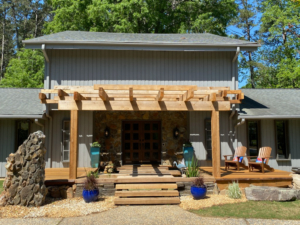
Goodwin Company River Recovered® Heart Cypress slabs used for deck.
Why choose cypress wood for exterior application? River Recovered® Heart Cypress certainly is an excellent wood to be used outdoors! Throughout the span of hundreds of years, an organic oil forms in the heart of the wood called cypresene. The build-up of cypresene oil makes the wood incredibly rot resistant. An exterior grade Danish oil was used for finishing, bringing out the superior grain of the wood. Applying the finishing oil quarterly will help maintain the deck’s striking appearance and provide longevity.
But this particular homeowner did not stop with the beautiful renovations of the outside! Two of our hand-hewn River Recovered® Heart Pine beams are displayed in a bedroom and are perfect for breaking up the rather large area. These beams were harvested over a century ago, from trees between 200-500 years old! The non-structural columns add even more character to the already creative room. We would love to see how you have dressed up your deck. Especially if you have used Heart Cypress!
Many thoughts cross the human mind when seeing this picture. What is that pile and why is it so large? Where will it go, or will it go anywhere? How big is that thing going to become? Those were MY initial thoughts on seeing this mammoth mound, but I was informed and delighted to hear about what happens next.
At Goodwin Company, we care tremendously about the environment for the present, and our future. Our “waste” isn’t actually waste! Take a look at this large sawdust pile that accumulates on a daily basis. While it continues to grow, the pile gets divvied up between local blueberry farmers. Our River-Recovered® and reclaimed heart pine and heart cypress is scattered underneath blueberry bushes. The antique wood’s acidity supposedly enhances the blueberries taste, making them richer and sweeter to eat. Goodwin has also collaborated with The University of Florida to further biochar research.
This is not the only way we incorporate repurposing into our normal regimen. George Goodwin was the pioneer of recovering logs that rested underwater for at least 150 years and transforming them into our signature River-Recovered Heart Pine and Heart Cypress products. At the same time, we also rescue wood that has outgrown its original intention. We take the salvageable boards from a building coming down, de-nailing and re-sawing to create an entirely new structure. Nail holes, staining, and other imperfections help to tell its history. The destruction of trees from natural disasters can further be rescued and reused, giving the wood another chance at life.
Present day, wood continues to be beneficial for the environment and energy efficiency. According to The American Forest Foundation, wood is the only major building material that is renewable. Sustainably produced wood pellets from the United States get sent around all over the world to power plants to help build greener strategies. For our future, eco-friendly practices will hopefully continue to combat environmental issues, like reducing carbon emissions and climate change. For now, Goodwin will steadily do our part being environmentally conscious. We will manage our green practices, while educating others in what we do and why it’s important. Stop by Goodwin and see what we can do today to help you!

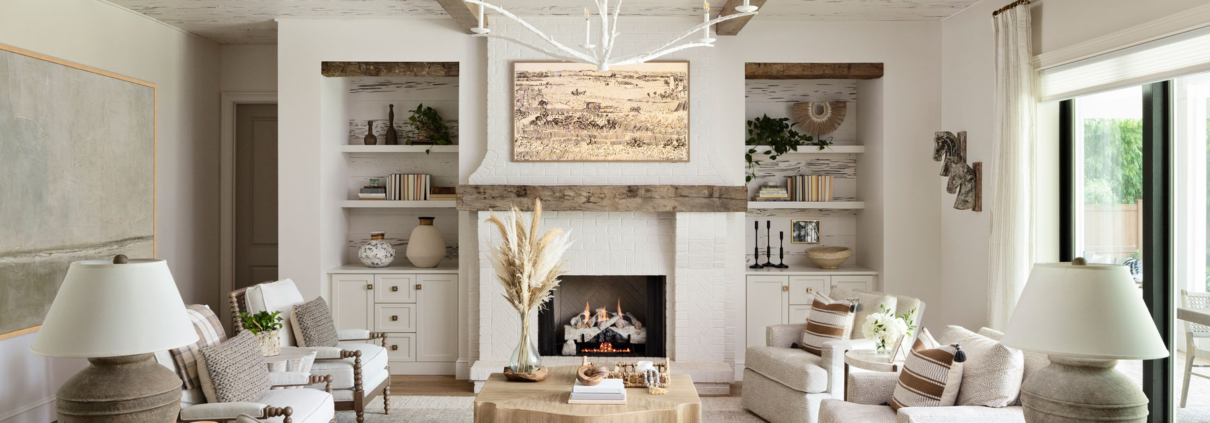 The Goodwin Company | HeartPine.com
The Goodwin Company | HeartPine.com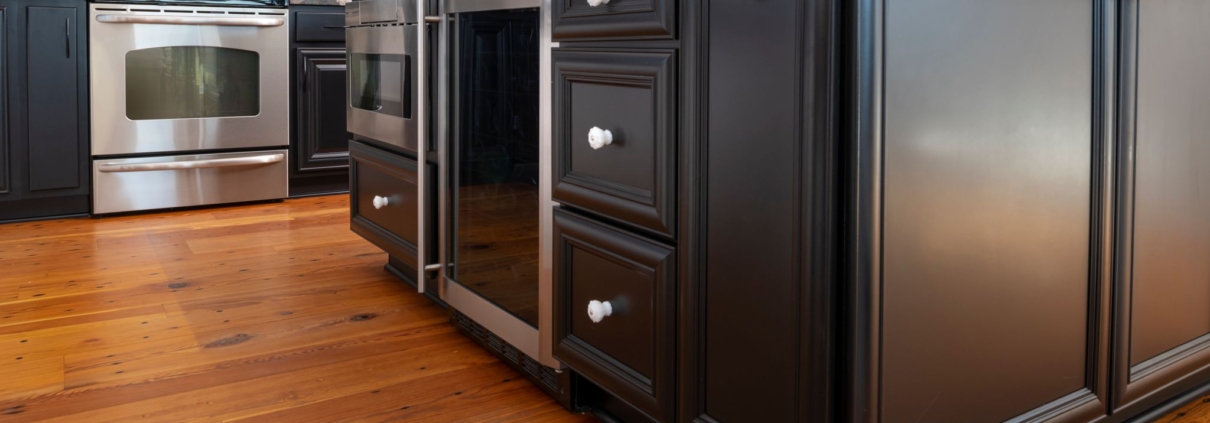 The Goodwin Company | HeartPine.com
The Goodwin Company | HeartPine.com The Goodwin Company | HeartPine.com
The Goodwin Company | HeartPine.com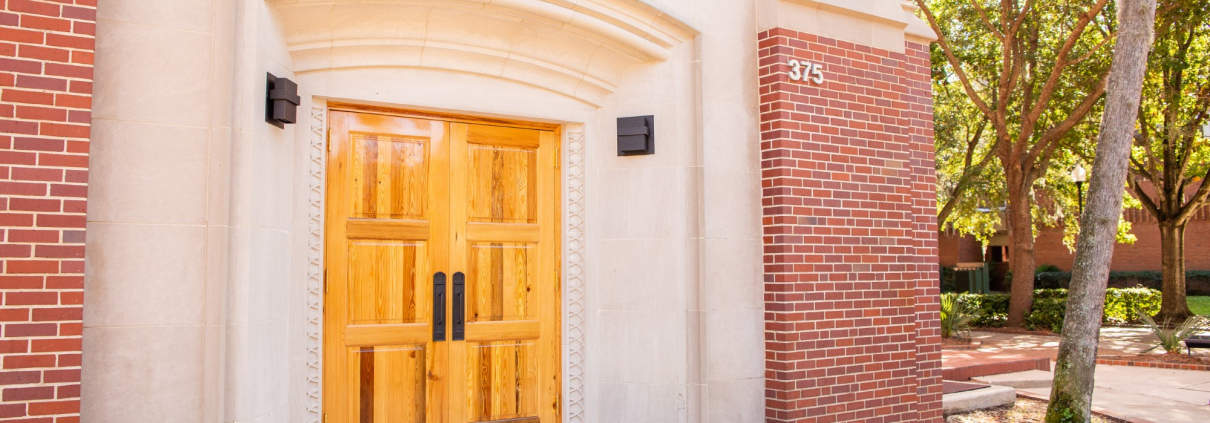

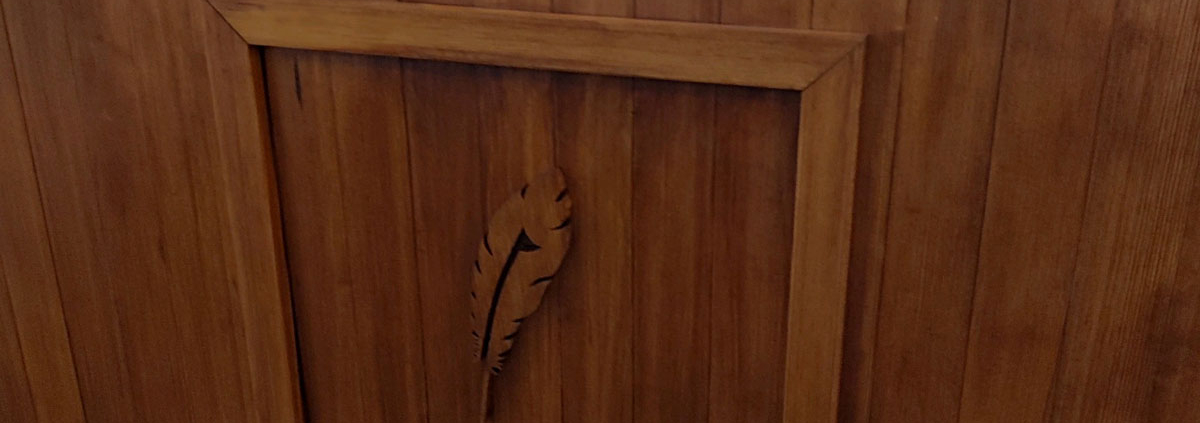 The Goodwin Company | HeartPine.com
The Goodwin Company | HeartPine.com